Lecture 1: Ancient Egypt
1/17
There's no tags or description
Looks like no tags are added yet.
Name | Mastery | Learn | Test | Matching | Spaced |
|---|
No study sessions yet.
18 Terms
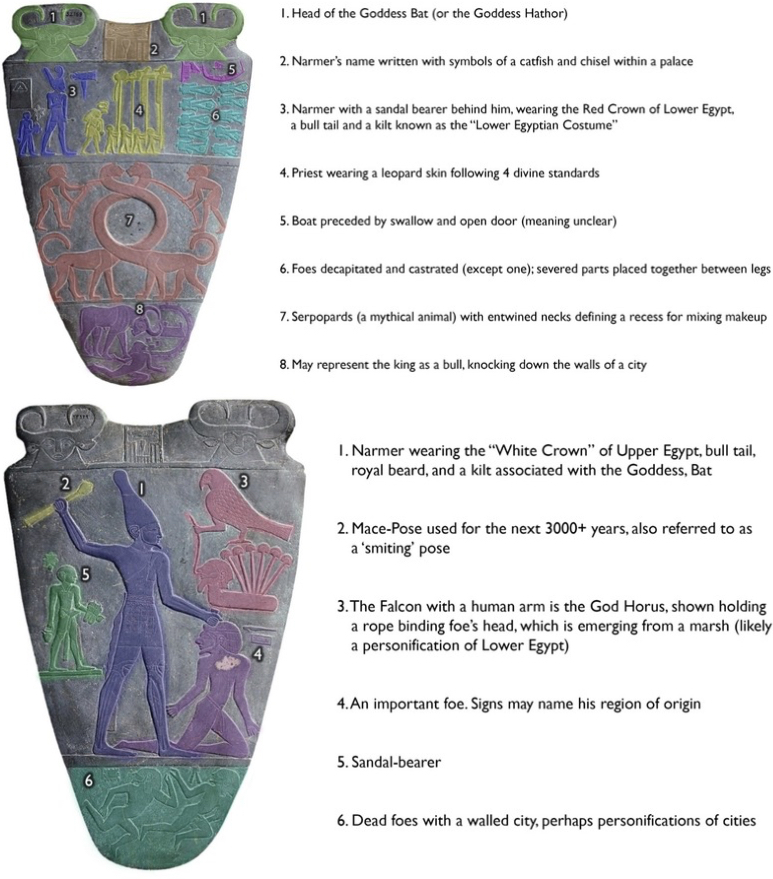
Palette of Narmer
From Hierakonopolis, Egypt
Made out of slate
ca. 2950 BCE (Early dynastic period)
visualizes and commemorates the unification of Upper and Lower Egypt beginning of Dynastic Egypt under King Narmer
Created to commemorate King Narmer. Showcases Narmer marching with his people and beating people who are against him up, power over enemies. Shows him taming mythological beasts. Shows his name in hieroglyphics and shows he’s the pharaoh for sure as he’s wearing the crown of Lower and Upper Egypt & the “Lower Egyptian Costume”
Shows gods Horus and Bat/Hathor
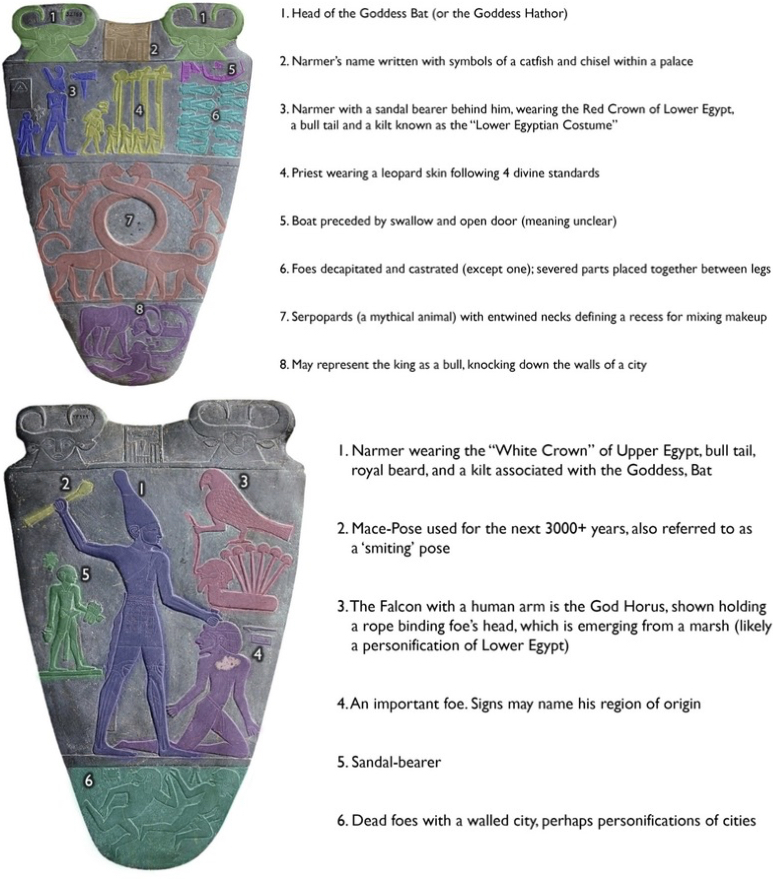
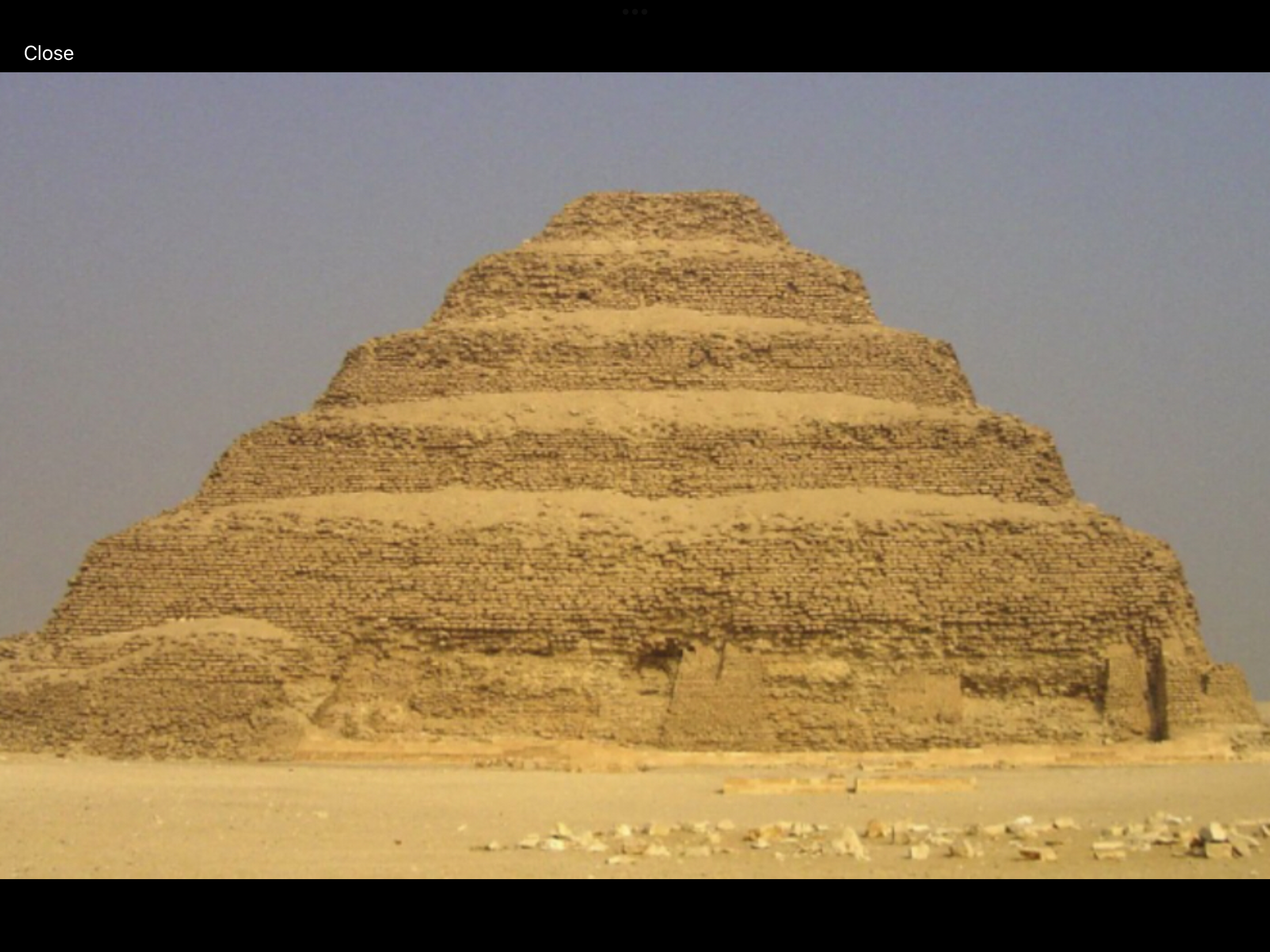
Step Pyramid of Djoser
At Saqqara, Egypt
Made out of limestone
ca. 2650 BCE (Old Kingdom)
Step pyramid, 1st large building made out of cut some blocks in Egypt, maybe the entire world. Underground burial chamber for the rich/pharaohs
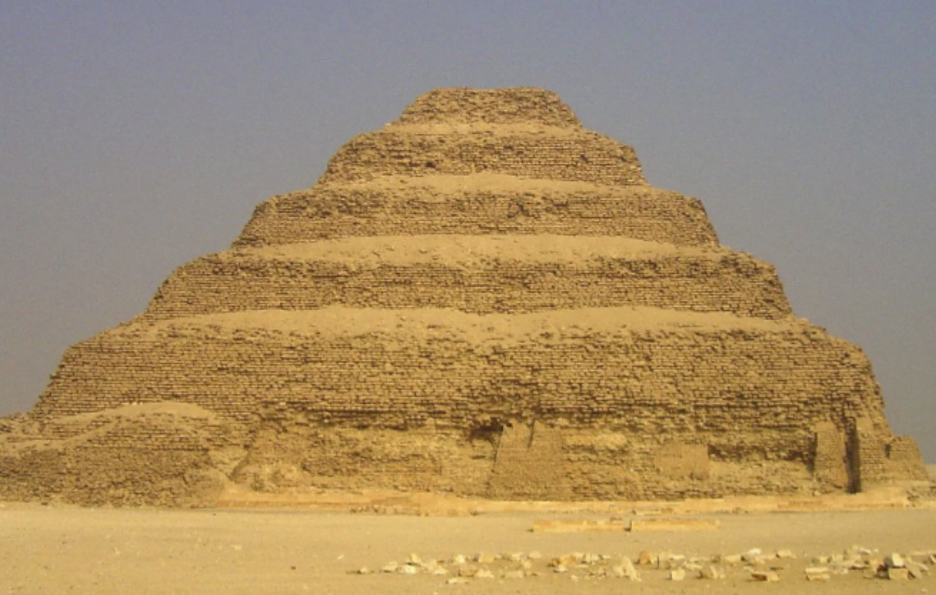
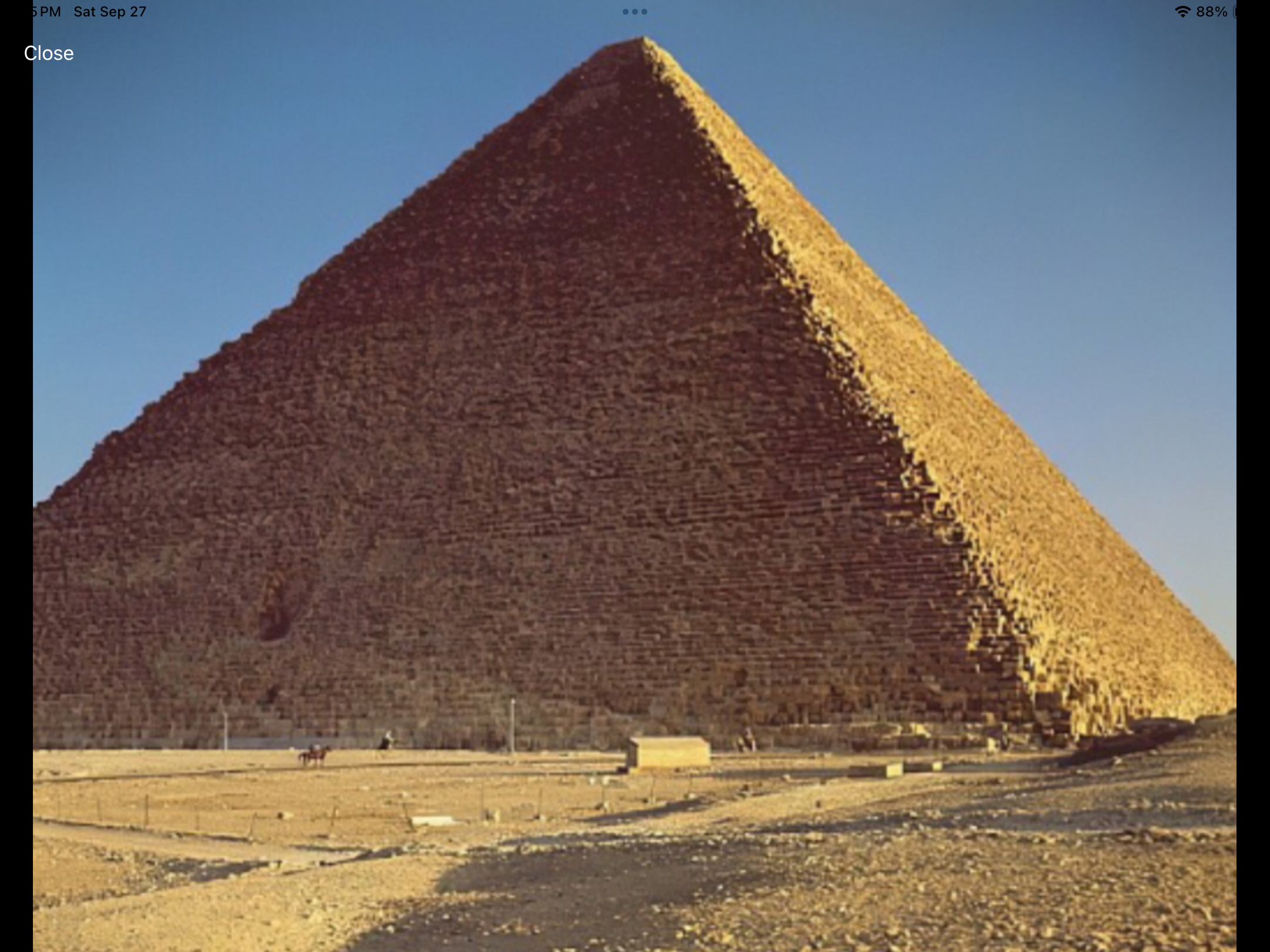
Pyramid of Khufu (Great Pyramid of Giza)
At Giza, Egypt
Made out of (cut) Limestone
ca. 2550 BCE (Old Kingdom)
Largest of the great pyramids. Part of a complex that included a temple and small pyramids. Multiple chambers held within. The shape references the sun’s rays which act as a ramp for the pharaoh to climb to the sky to get to afterlife. Was the link between gods (the divine) and pharaohs.
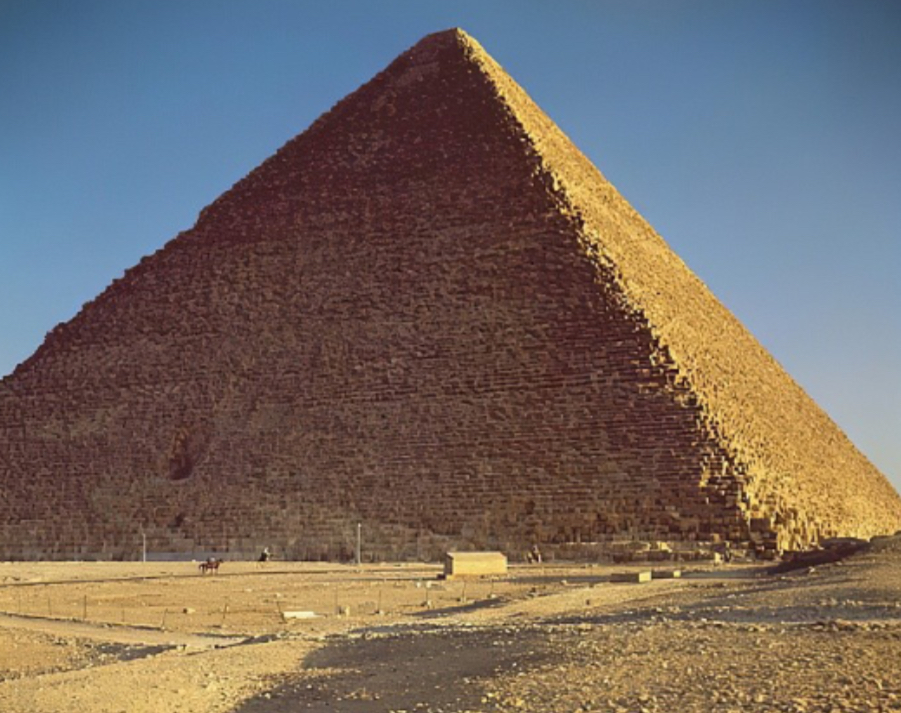
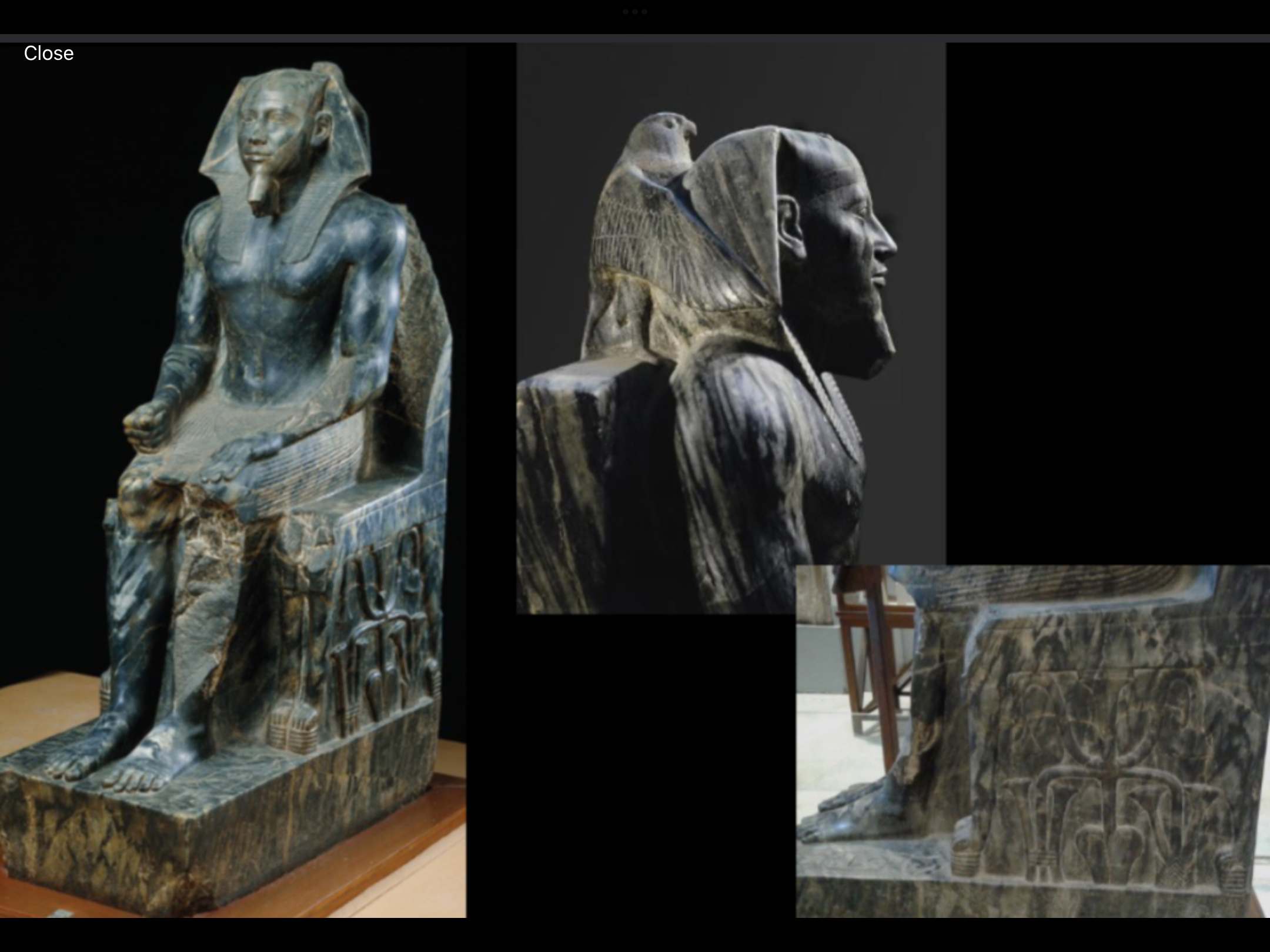
Khafre Enthroned
From Giza, Egypt
Made out of Anorthosite Gneiss (hard, black volcanic stone)
ca. 2500 BCE (Old Kingdom)
A funerary statue of King Khafre, for his temple for worship and resting place for spirit (ka) after death and spirit to live forever. Carved for his temple as temples served as active sites of worship.
Wears a king’s head covering and beard. Horus (Falcon god, represents pharaoh) is embracing pharaoh’s head showing powerful and external. Sitting rigid (type of stone dictates stiffness of pose) and frontally as it was designed to face rituals and symbols of stability and order = pharaoh
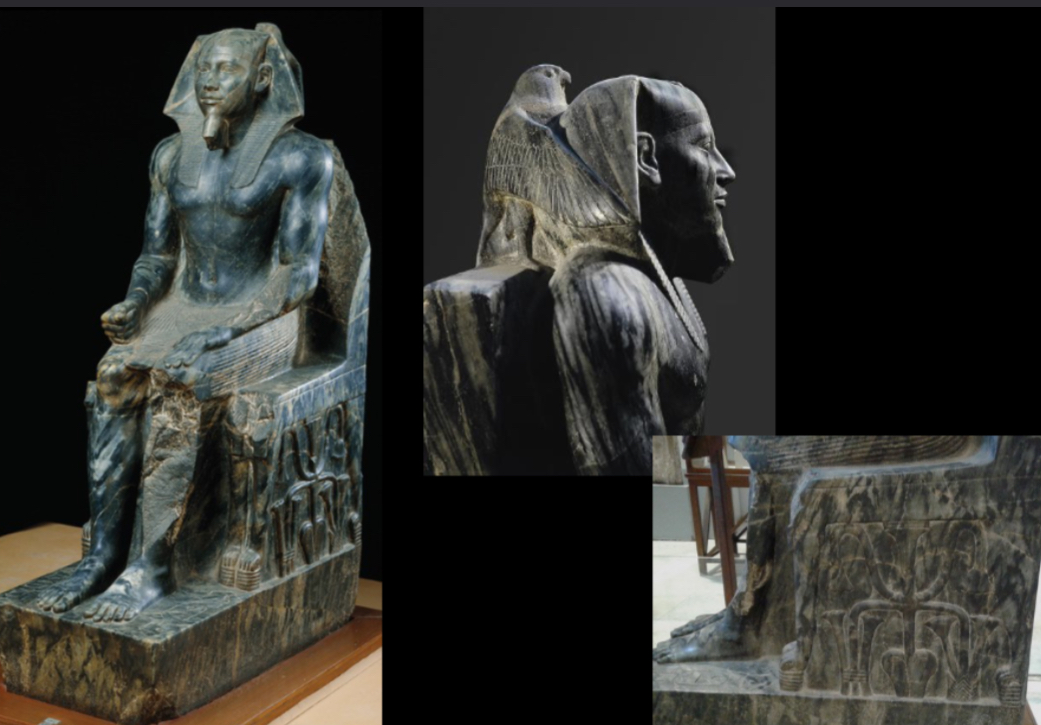
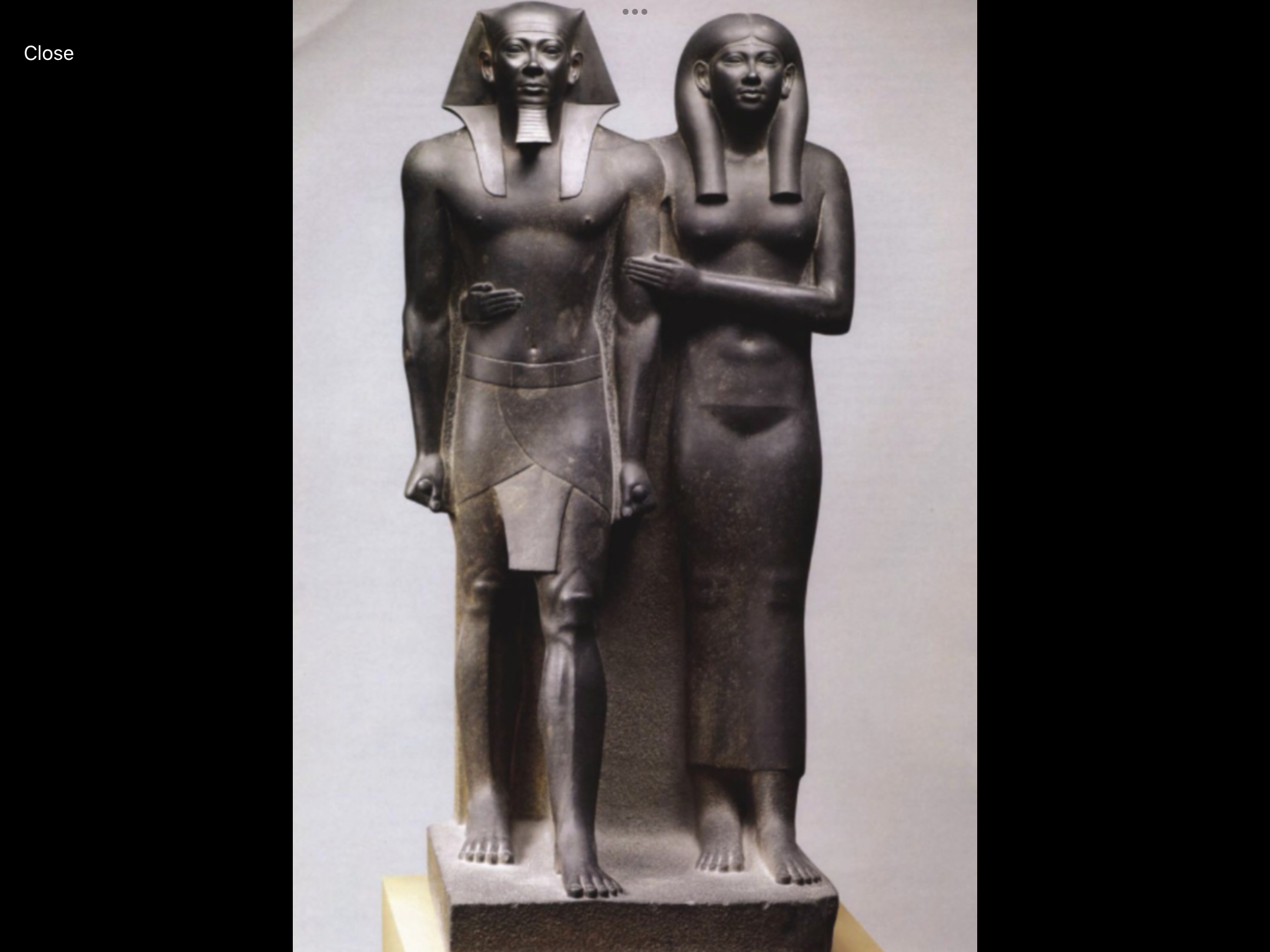
Menkaure and Queen
From Giza, Egypt
Made out of Greywacke (a hard, volcanic stone)
ca. 2475 BCE (Old Kingdom)
Shows King Menkaure and his queen/queen mother. King is very rigid in pose, actually idealized version. Wears king’s nemes head covering, fake beard, a kilt (made for spirits in afterlife) and wide belt.
Queen is slightly smaller, holds king’s arm and her arm encircles his waist. Has a wig over natural hair (line in the middle shows this) & wears a sheer gown. Face is rounded and “youthful”
Head covering and wig shows only superiors can only wear them.
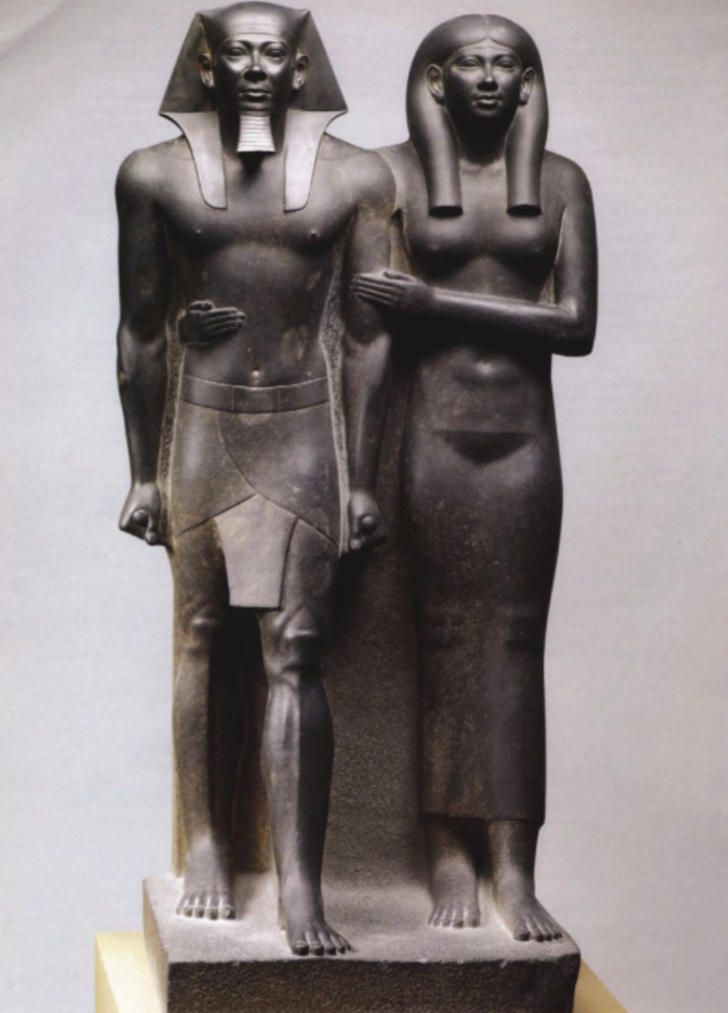
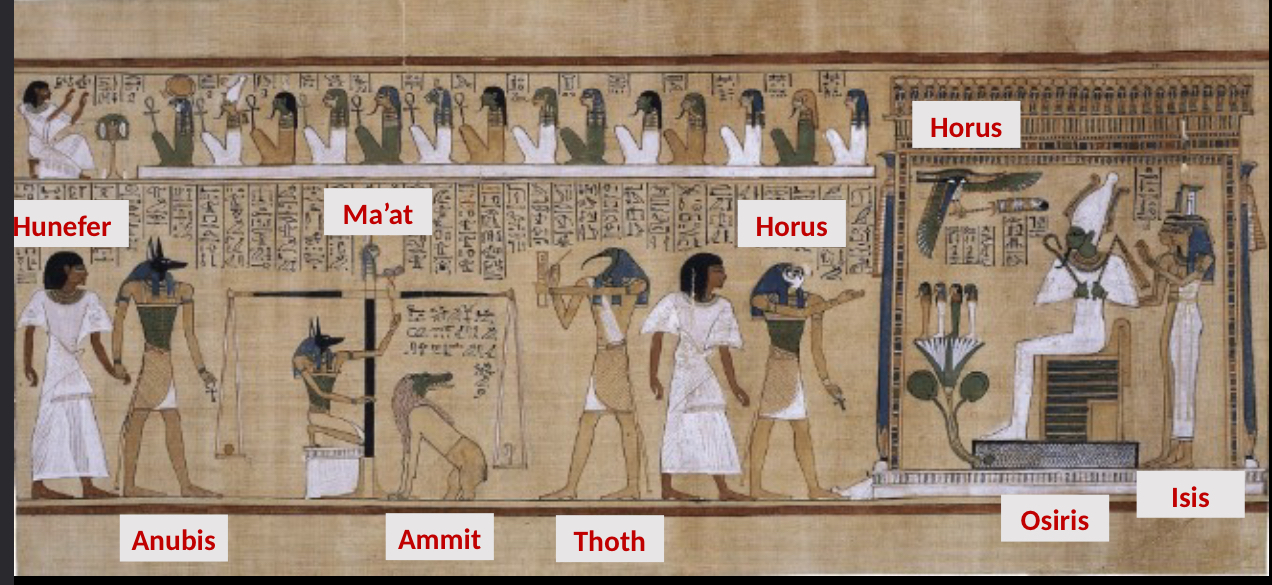
Last Judgement of Hunefer (From Book of Dead)
Thebes, Egypt
A papyrus scroll from a book of dead, created for a scribe named Hunefer
ca. 1275 BCE (New Kingdom)
The Book of Dead: Rich people paid others to write the correct magical spells that they used to help them get on the dangerous journey to afterlife (guide and protect them).
Scroll is organized in sections and registers. Bodies show in composite view. Ankh, lotus, and ostrich feather = symbols of enteral life.
Hunefer is begging the gods on top to let him into afterlife. He had the right spells in the book of dead to let him in afterlife.
His heart is being weighed on the scale of Ma’at against the feather of truth, by Anubis (jackal-headed, god of afterlife and mummification) as he holds an Ankh of enteral life. Toth (ibis-headed, god of writing) is recording everything in hieroglyphics. Passed test and can get into afterlife, lived an ethical life, as his heart is heavier than feather. If opposite, gets eaten by Ammit (crocodile head, dog like). Horus (represents pharaoh) leads Hefner to meet Osiris (god of underworld). Isis is Osiris’ wife.
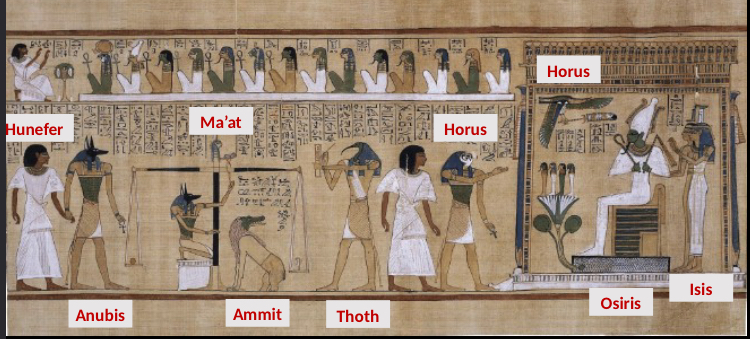

Mastaba
The standard tomb type in early Egypt characterized by a regular stone or brick structure made out of mud brick with sloping sides and a flat top over an underground burial chamber.
Created for bodies and items taken to afterlife meaning it was for the rich and pharaohs. Egyptians believed they would be alive much longer than they would be dead. Nobody was supposed to access the body so heavy slab was applied. If body was touched, body won’t make it to afterlife.
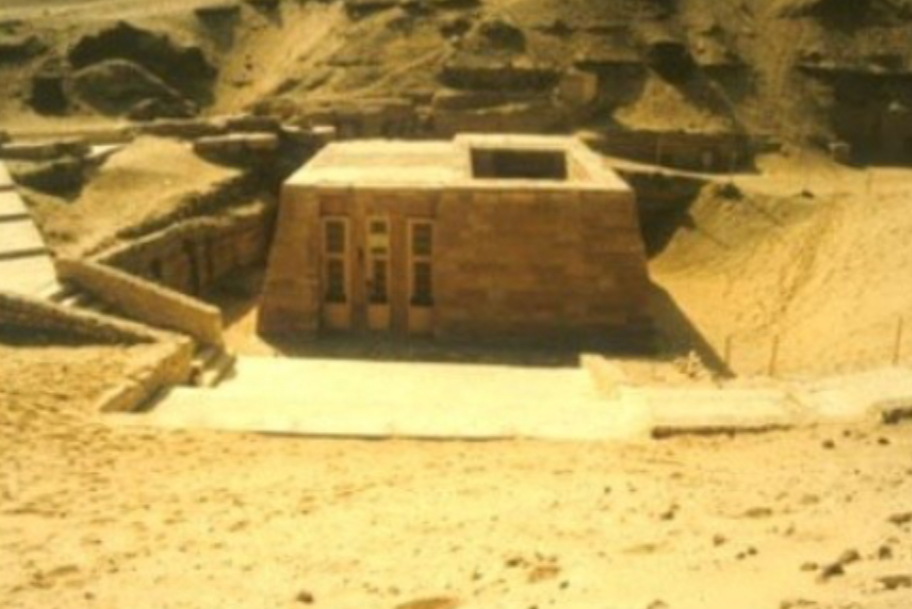
Step pyramid/pyramid
Created for bodies and items taken to afterlife. Egyptians believed they would be alive much longer than they would be dead. Nobody was supposed to access the body so heavy slab was applied. If body was touched, body won’t make it to afterlife.
Step pyramids became more appealing and bigger showing that pharaohs are really important. Also shows dedication to build them
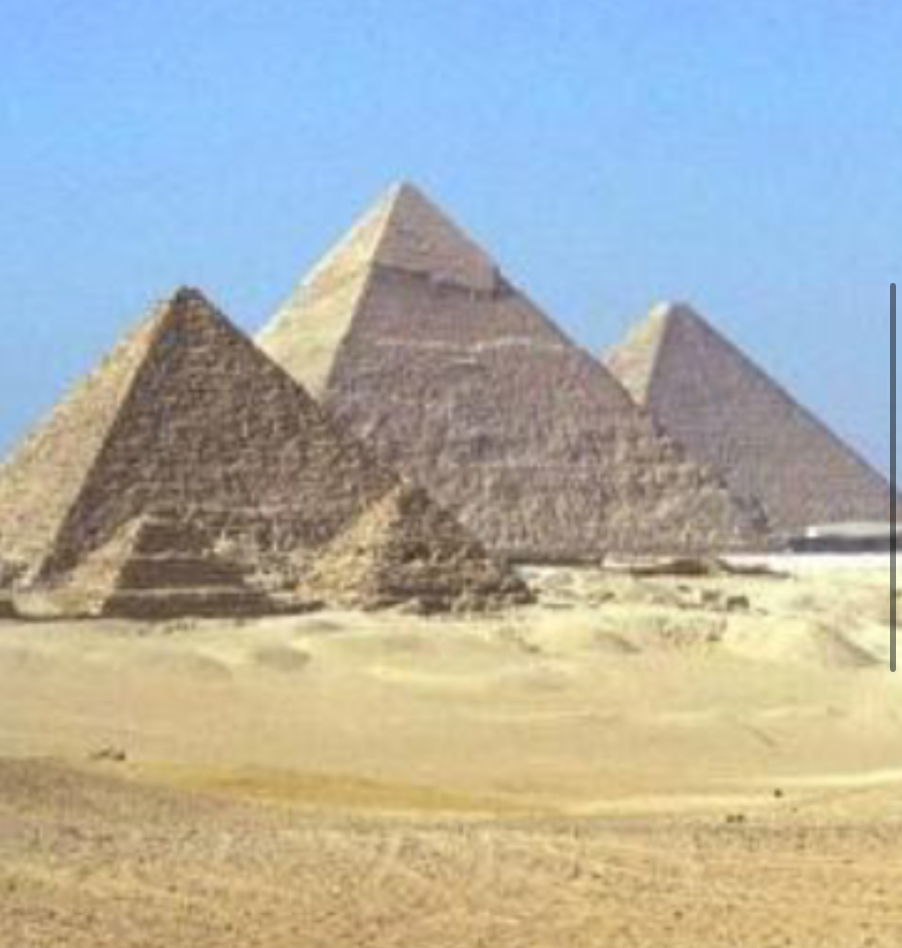
Naturalization
As close as to the real thing as possible, realistic (ex: what King Narmer did and wore in Palette of Narmer)
Idealization
Makes little or no references to the natural world, unrealistic
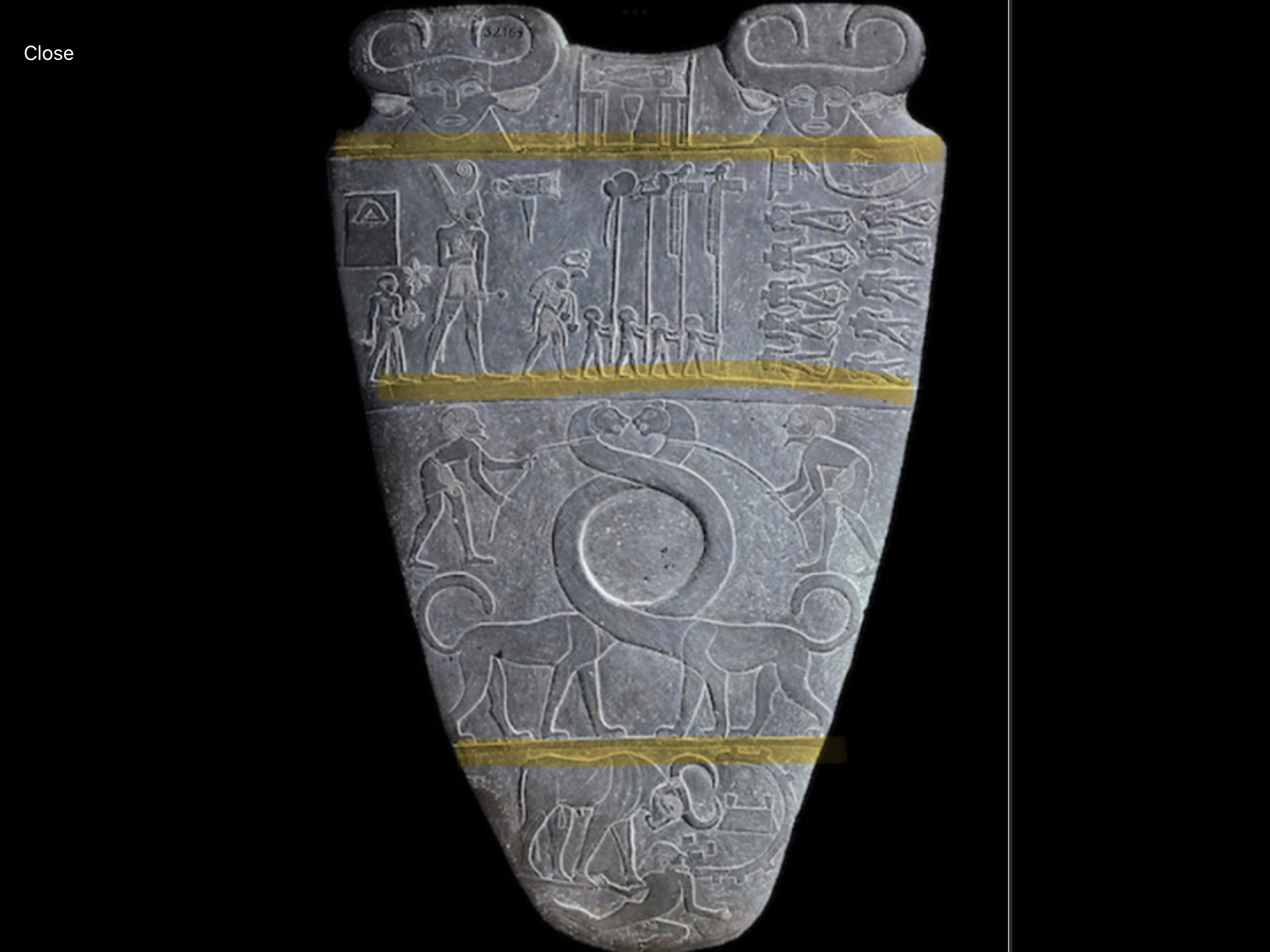
Registers
Horizontal bands used to neatly order pictorial elements in Egyptian narrative art (narrative art = art that depicts stories)
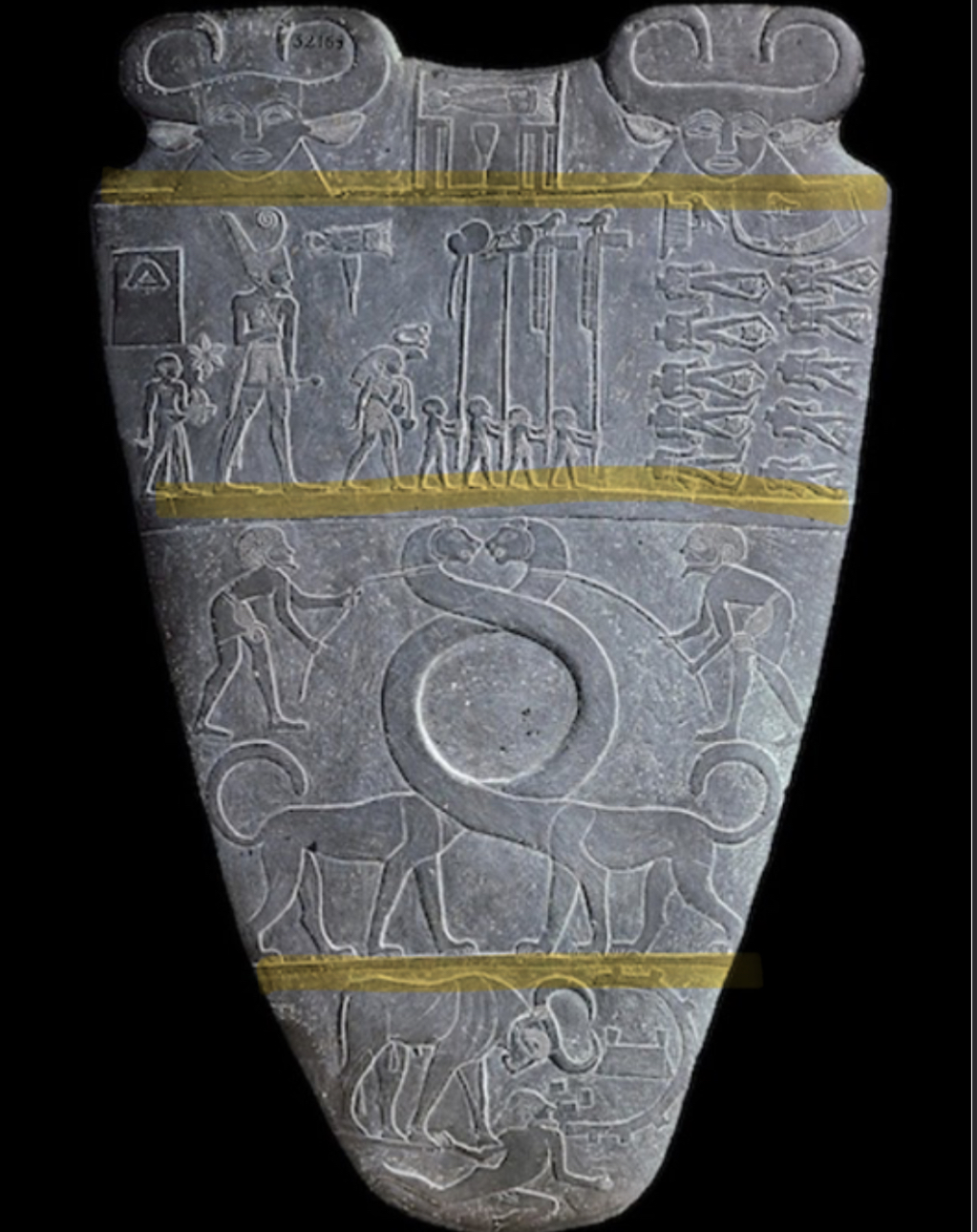

Papyrus
Plant that was used to create paper. Papyrus paper was light, flexible, and easy to store making it ideal for record-keeping, cultural preservation, writing, and drawings. Low humidity and dry Egyptian climate allowed papyrus to survive for long time. Preserved all the works allowing us to see the past. Was exported through trade and cultural exchange because of Nile River.

Transition to Ancient Egypt
Pre-Dynastic Period: 5000-3000 BCE
From city states to Empire where civilization lasted for 3,000 years
Dynastic period: 3000 BCE-31 BCE, Egypt unified under one ruler (Pharaoh)
A lot of artwork was purposely created to look the same as it showed stability and they were very conservative sticking to the same style for many years (ex: An artwork of a pharaoh is an example of what all pharaoh should look like)
Dates, Dating Styles, Counting
AD/CE (“in the year of the lord”/“common era”): Dates begin in the year 1 and continue up to present (2025)
BC/BCE (“before Christ”/“before common era”): Dates before AD/CE. Dates count backwards from year 1 BC/BCE (year before 1 CE/AD)
Work the same way negative numbers do (Ex: 2000 BCE is 1500 years earlier than 500 BCE as -2000 is bigger than -500)
Egypt’s geography
Located near the Nile River which gives life to people
“Red land”: Where people were buried, land of the dead
“Black land”: Nile valley, where people lived
Egyptian art overall
ca. 3000 BCE: Development of formal writing system (Hieroglyphics) and artistic expression;
canonical (related to rule especially in Christian Church) way to depict the body in its environment, religious and cultural practices.Throughout the 3,000 years of its existence, Egyptian art shows incredible sense of consistency
and uniformity—highly valued!Art is highly symbolic and stylized (use of visual conventions/traditions); some of it incredibly COLOSSAL/huge
Most of the art produced NOT for public display, but to serve the pharaohs and other elites in the
afterlife as sacred tomb decorations
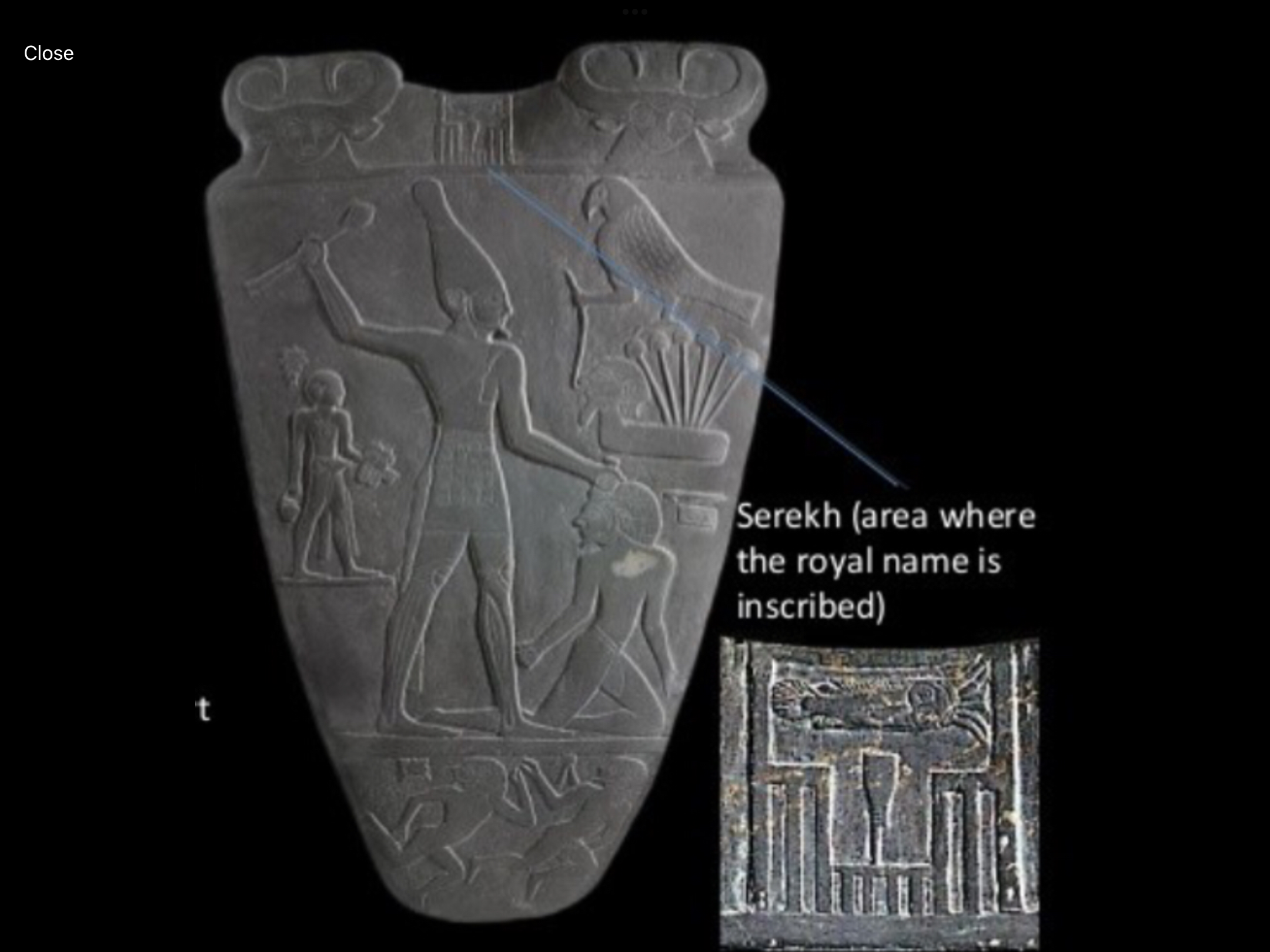
Composite view
Representation in which part of a figure is shown in profile and another part of the same figure is show frontally
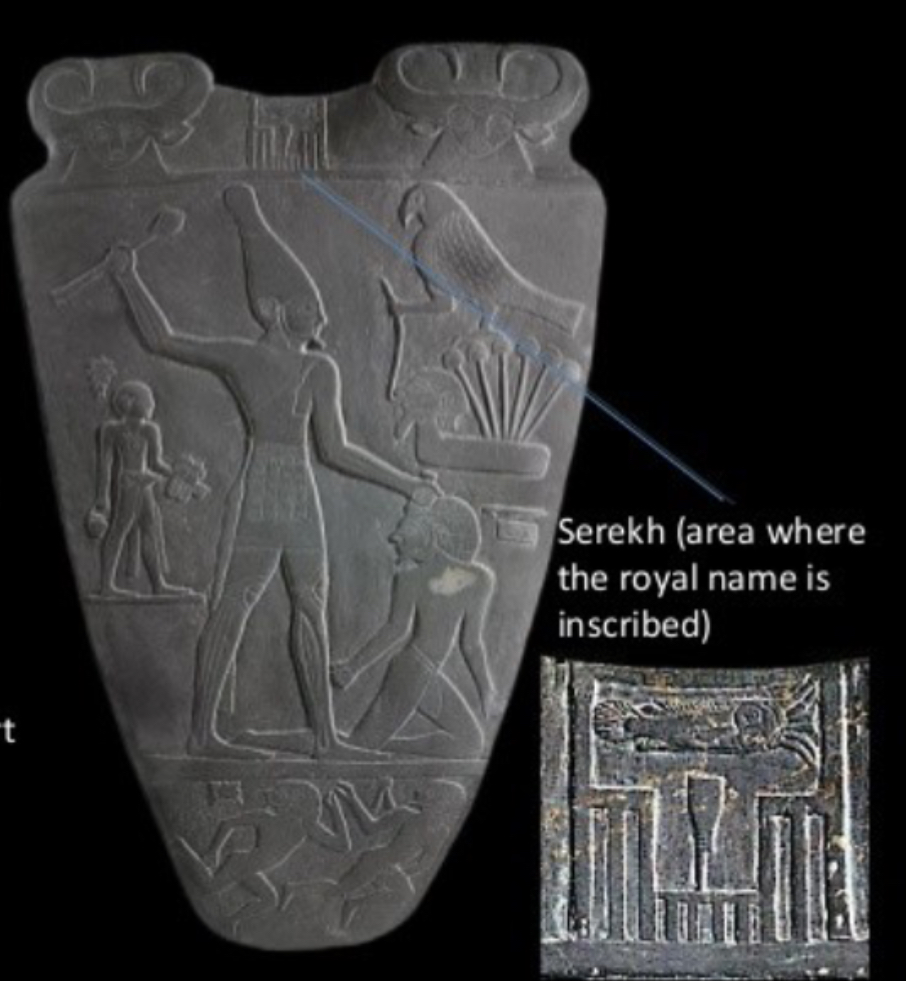
Hieratic scale
Where size indicates relative importance